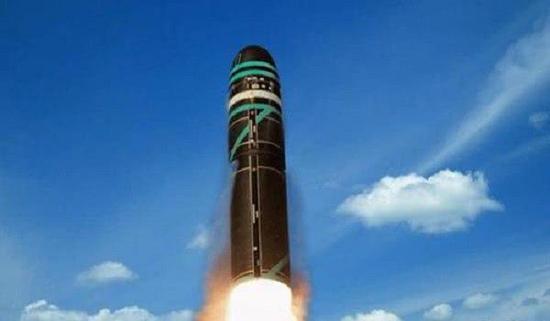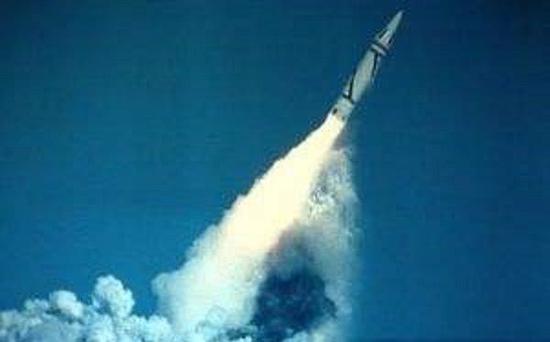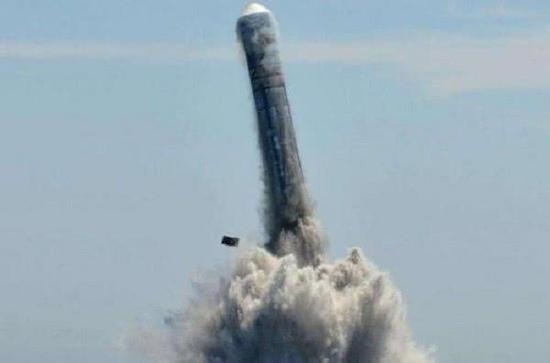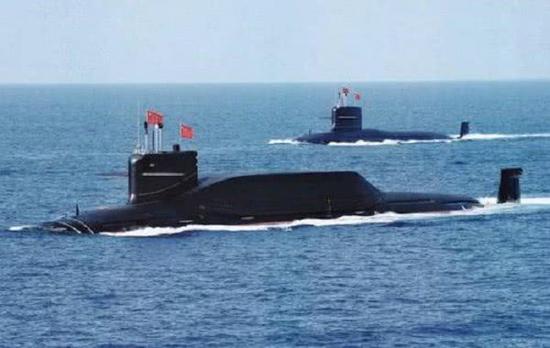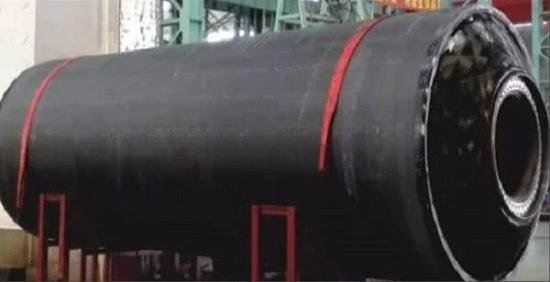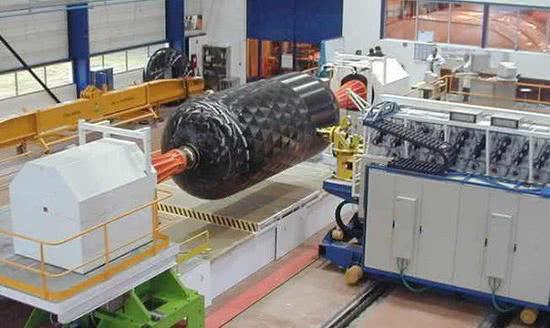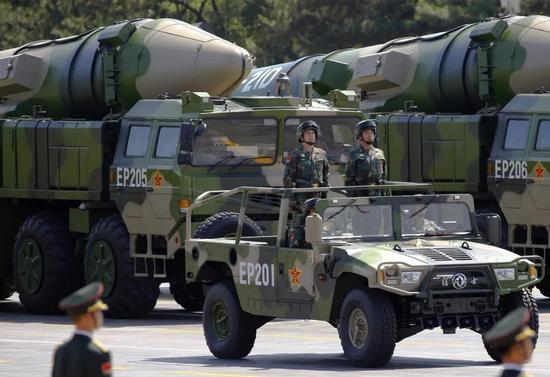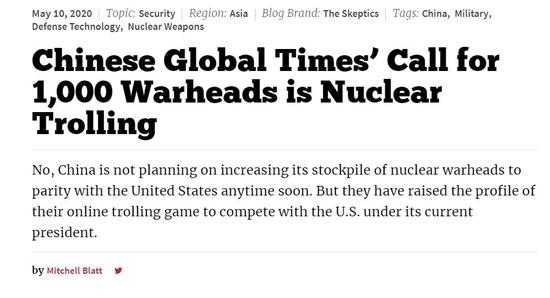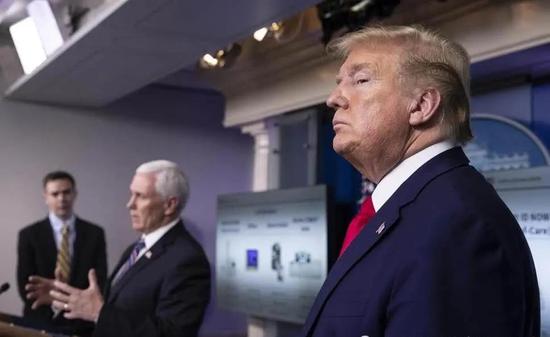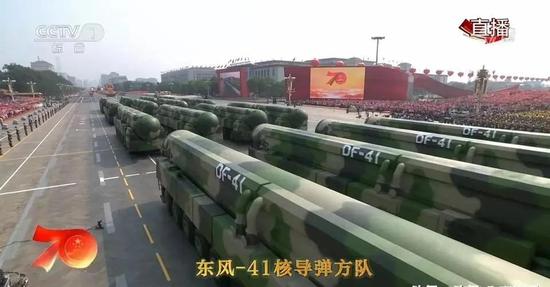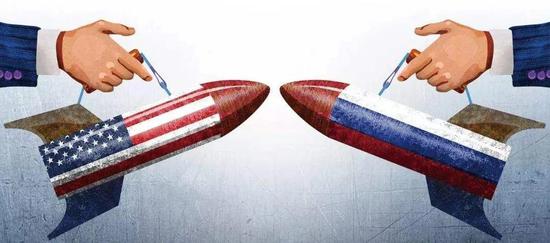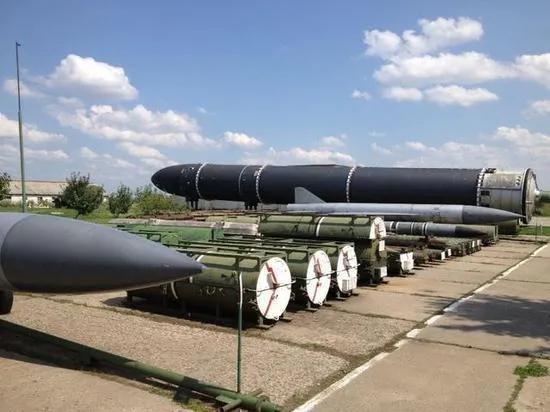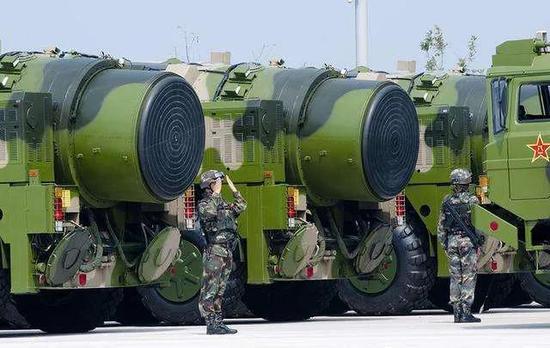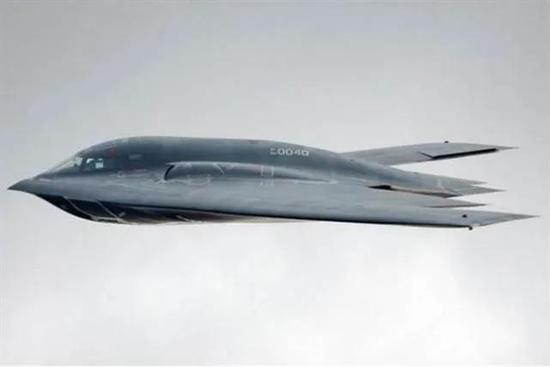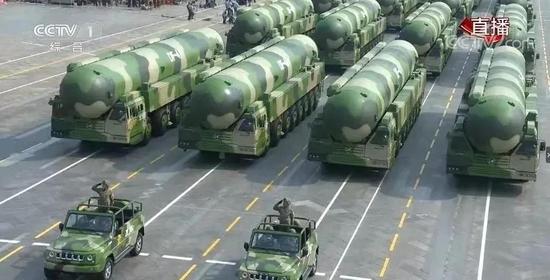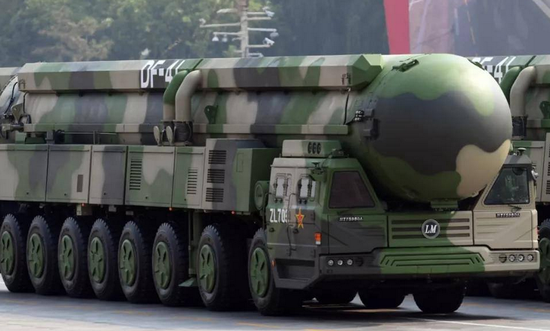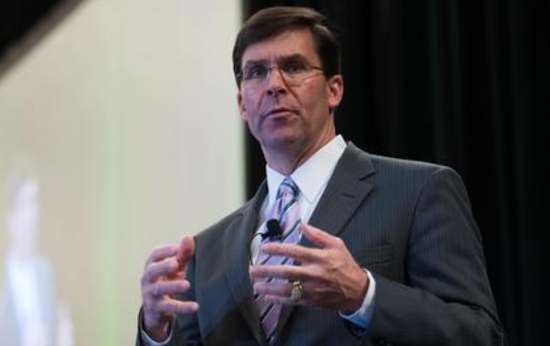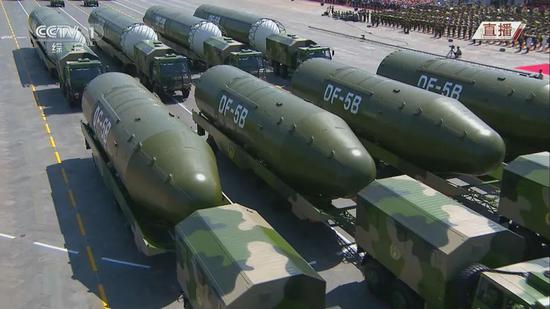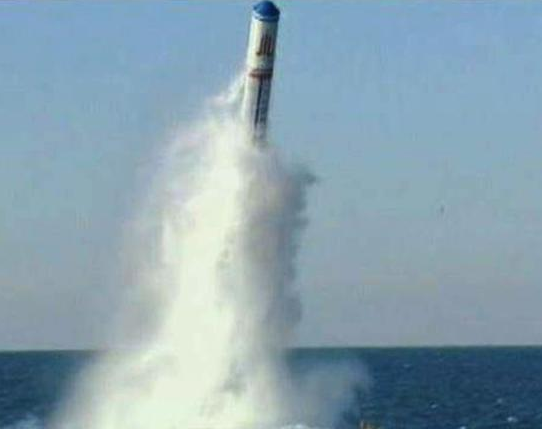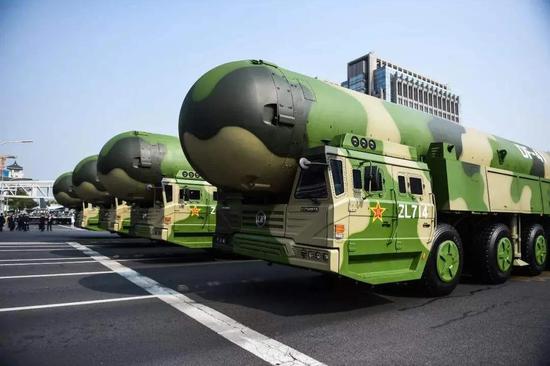- Joined
- Jul 9, 2011
- Messages
- 2,759
- Points
- 48
https://mil.news.sina.com.cn/china/2020-05-12/doc-iircuyvi2615458.shtml
胡锡进:我相信中国会增加核弹头 因为已别无选择
2020年05月12日 09:27 环球时报
20,284
有人对胡锡进呼吁扩充核武库提出4项指控,胡锡进逐条回应
老胡首先欢迎对我呼吁中国应扩大核武器数量的批评,这个态度昨天我已经表明了。今天我来对那些批评做一些回应。
第一,主张中国增加核武器数量,这本身就是反和平的。这种指控有一些是理想主义的,那些人对核有着完全的厌恶。当然了,不排除这当中还有一些人的立场和感情没有与中国国家安全利益在一起,甚至站到了它的对立面。如果是外国人这样说,完全情有可原,但中国人这样说,我只能用上面两种情况来猜测他们对我的愤怒。另外,一些人说核武器的钱应该用来搞民生建设、扶贫,我觉得与他们对话很难,就由他们闹闹得了。
第二,中国需要保有多少核武器是严格计算出来的,我的主张不专业,是拍脑袋的。老胡不是这方面的专家,这没错。但如果认为只有“军控专家”才能够谈论核武器,这样的理解太狭隘了。中美博弈是两个大社会之间的事情,核威慑所要塑造的不光是对方军队的态度,还包括对方政治、经济以及舆论界的心理,针对的是整个对方的国家意志。而对于国家意志的了解,老胡一点都不低于军控专家。我的意思是,很显然,我有权利参加这样的讨论。
第三,中国的核威慑走的是模糊战略,老胡不该挑明中国需要有多少核武器。其实老胡说的1000个核弹头以上和100枚东风-41以上,都不是精确数,而是量级概念。我觉得,经我这么一说,有人支持有人反对,中国的核威慑模糊战略并没有变“清晰”。我的意思是,过去中国比较弱的时候,美国没有要与中国死磕的意思,中国当时有一些核武器可能真的就够了。但现在,中国核威慑的量级需要提升。都是模糊战略,过去美国人估计中国有“几百个”核弹头,今后我们要做到让他们朝着估摸中国有“一两千个”核弹头去模糊。如果中国都已经被美国定义为主要战略竞争对手了,美国继续很确定地认为中国只有“几百个”核弹头,那么对中国来说将是危险的。
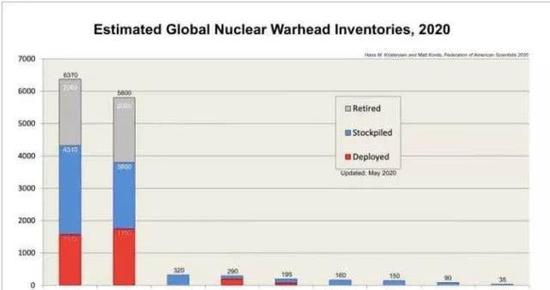
中国不需要与美国进行军备竞赛,但随着华盛顿打压北京战略意志的提升,我们的核威慑必须随之提升。无论用什么样的计算模型来得出中国所需核弹头的数量,这个常识性逻辑都需是它们的基础。
2006年的时候,有两名美国学者在《外交》杂志上发文,宣称通过计算,美国有能力一次性摧毁中国和俄罗斯的全部核力量。如果美国决策者们和大量政治精英们也带着这样的自信来推动、制定压制中国政策的话,那将是很糟糕的。
第四,即使中国想扩大核武库,也应只做不说。中国不应大声喧哗这件事,老胡同意。但完全悄悄地增加核弹头,在某一个阶段可以,长时间那样做,老胡反对。核武器就是用来威慑的,完全藏起来掖起来,还要它们何用?天安门大阅兵,每次最受关注的都是战略导弹方队,那就是展示给外界看的。
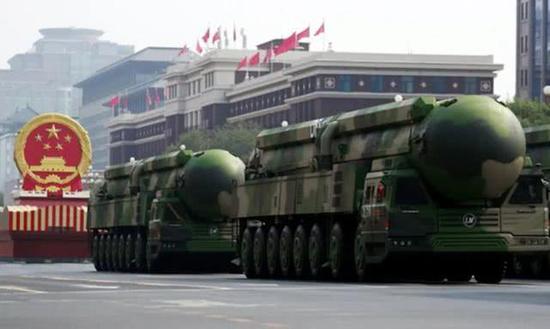
请不要限制中国媒体人说什么。中国的舆论光谱太窄了,以至于老胡这样的人发一个帖子,就能如此轰动,这很不正常,也不符合中国国家利益。看看美国那边每天会出多少针对中国的声音,我们这边又能出多少针对美国的声音?老胡就是要按照我理解的中国国家利益,怎么想就怎么说。美国人是不是会担心,会不会受不了,这不是我首先要考虑的事情。如果说我要考虑点什么,我会更多考虑扩大中国这边的话语空间,增加中国对美博弈的舆论资源。我觉得我这次直抒胸臆,与我的这个愿望是不矛盾的。
最后我想说,我相信中国会增加核弹头的,因为中国实际上别无选择。
关键字 : 中国
我要反馈
新浪军事公众号
更多猛料!欢迎扫描左方二维码关注新浪军事官方微信(sinamilnews)
694条评论|20,284人参与网友评论
Hu Xijin: I believe China will increase its nuclear warheads because it has no choice
May 12, 2020 09:27 Global Times
20,284
People made four accusations against Hu Xijin's call for expansion of nuclear arsenal, Hu Xijin responded one by one
Lao Hu first welcomes my criticism of my call for China to expand the number of nuclear weapons. This attitude was made clear yesterday. Today I will respond to those criticisms.
First, advocating China to increase the number of nuclear weapons is itself anti-peace. Some of these accusations are idealistic, and those people have a complete aversion to nuclear. Of course, it is not ruled out that there are still some people whose positions and feelings are not with China's national security interests, and even stand against it. If foreigners say this, it is completely excusable, but when the Chinese say this, I can only use the above two scenarios to guess their anger at me. In addition, some people said that the money for nuclear weapons should be used for people's livelihood construction and poverty alleviation. I find it difficult to talk to them, and they will make trouble.
Secondly, how many nuclear weapons China needs to keep is strictly calculated. My claim is unprofessional. Lao Hu is not an expert in this area, that's right. But if one thinks that only "arms control experts" can talk about nuclear weapons, such an understanding is too narrow. The Sino-US game is a matter between two large societies. The nuclear deterrence is not only about the attitude of the other party's army, but also the other party's political, economic, and public opinion psychology. As for the understanding of the will of the country, Lao Hu is no less than an arms control expert. I mean, obviously, I have the right to participate in such discussions.
Third, China's nuclear deterrence follows a vague strategy, and Lao Hu should not be able to figure out how many nuclear weapons China needs. In fact, the old bullshit of more than 1,000 nuclear warheads and more than 100 Dongfeng-41s are not accurate numbers, but are orders of magnitude. I think that, as I said, some people support and some people oppose, China's nuclear deterrence strategy has not become "clear." I mean, when China was relatively weak in the past, the United States did not mean to die with China. China may have enough nuclear weapons at that time. But now, the magnitude of China's nuclear deterrence needs to be improved. They are all ambiguous strategies. In the past, Americans estimated that China had "hundreds" of nuclear warheads. In the future, we need to make them obscure toward China. If China has already been defined as the main strategic competitor by the United States, and the United States continues to believe with certainty that China has only "hundreds" of nuclear warheads, then it will be dangerous for China.
China does not need an arms race with the United States, but as Washington ’s strategic will to suppress Beijing rises, our nuclear deterrence must increase. No matter what calculation model is used to derive the number of nuclear warheads China needs, this common sense logic needs to be their basis.
In 2006, two American scholars published an article in the Journal of Diplomacy, declaring that through calculations, the United States has the ability to destroy all the nuclear forces of China and Russia at once. If American policy makers and a large number of political elites also carry such self-confidence to promote and formulate policies to suppress China, it will be very bad.
Fourth, even if China wants to expand its nuclear arsenal, it should do nothing. China should not make a loud noise about it, Lao Hu agrees. However, it is possible to increase the nuclear warhead completely quietly. At a certain stage, it is possible to do so for a long time. Lao Hu objected. Nuclear weapons are used for deterrence. They are completely hidden and tucked away. How can they be used? At the Tiananmen military parade, the strategic missile team is the one that attracts the most attention every time, and that is what it shows to the outside world.
Please don't restrict what Chinese media people say. The spectrum of public opinion in China is too narrow, so that people like Lao Hu can make such a sensation by posting a post, which is very abnormal and not in the national interest of China. Let's see how many voices are directed at China from the United States every day, and how many voices can we make at the United States? Lao Hu just wants to say what I want in accordance with China's national interests. Whether Americans will worry about it or not, it is not my first consideration. If I want to think about something, I will think more about expanding the discourse space on China's side and increasing the public opinion resources of China's game against the United States. I feel that this time I express my mind directly, and it does not contradict my desire.
Finally, I want to say that I believe China will increase its nuclear warheads because China has no choice.
Keywords: China
I want feedback
Sina News Official Account
Sina Military Public Account
More fierce material! Welcome to scan the QR code on the left to follow Sinamilnews
694 comments | 20,284 people participated in the comments of netizens
胡锡进:我相信中国会增加核弹头 因为已别无选择
2020年05月12日 09:27 环球时报
20,284
有人对胡锡进呼吁扩充核武库提出4项指控,胡锡进逐条回应
老胡首先欢迎对我呼吁中国应扩大核武器数量的批评,这个态度昨天我已经表明了。今天我来对那些批评做一些回应。
第一,主张中国增加核武器数量,这本身就是反和平的。这种指控有一些是理想主义的,那些人对核有着完全的厌恶。当然了,不排除这当中还有一些人的立场和感情没有与中国国家安全利益在一起,甚至站到了它的对立面。如果是外国人这样说,完全情有可原,但中国人这样说,我只能用上面两种情况来猜测他们对我的愤怒。另外,一些人说核武器的钱应该用来搞民生建设、扶贫,我觉得与他们对话很难,就由他们闹闹得了。
第二,中国需要保有多少核武器是严格计算出来的,我的主张不专业,是拍脑袋的。老胡不是这方面的专家,这没错。但如果认为只有“军控专家”才能够谈论核武器,这样的理解太狭隘了。中美博弈是两个大社会之间的事情,核威慑所要塑造的不光是对方军队的态度,还包括对方政治、经济以及舆论界的心理,针对的是整个对方的国家意志。而对于国家意志的了解,老胡一点都不低于军控专家。我的意思是,很显然,我有权利参加这样的讨论。
第三,中国的核威慑走的是模糊战略,老胡不该挑明中国需要有多少核武器。其实老胡说的1000个核弹头以上和100枚东风-41以上,都不是精确数,而是量级概念。我觉得,经我这么一说,有人支持有人反对,中国的核威慑模糊战略并没有变“清晰”。我的意思是,过去中国比较弱的时候,美国没有要与中国死磕的意思,中国当时有一些核武器可能真的就够了。但现在,中国核威慑的量级需要提升。都是模糊战略,过去美国人估计中国有“几百个”核弹头,今后我们要做到让他们朝着估摸中国有“一两千个”核弹头去模糊。如果中国都已经被美国定义为主要战略竞争对手了,美国继续很确定地认为中国只有“几百个”核弹头,那么对中国来说将是危险的。

中国不需要与美国进行军备竞赛,但随着华盛顿打压北京战略意志的提升,我们的核威慑必须随之提升。无论用什么样的计算模型来得出中国所需核弹头的数量,这个常识性逻辑都需是它们的基础。
2006年的时候,有两名美国学者在《外交》杂志上发文,宣称通过计算,美国有能力一次性摧毁中国和俄罗斯的全部核力量。如果美国决策者们和大量政治精英们也带着这样的自信来推动、制定压制中国政策的话,那将是很糟糕的。
第四,即使中国想扩大核武库,也应只做不说。中国不应大声喧哗这件事,老胡同意。但完全悄悄地增加核弹头,在某一个阶段可以,长时间那样做,老胡反对。核武器就是用来威慑的,完全藏起来掖起来,还要它们何用?天安门大阅兵,每次最受关注的都是战略导弹方队,那就是展示给外界看的。

请不要限制中国媒体人说什么。中国的舆论光谱太窄了,以至于老胡这样的人发一个帖子,就能如此轰动,这很不正常,也不符合中国国家利益。看看美国那边每天会出多少针对中国的声音,我们这边又能出多少针对美国的声音?老胡就是要按照我理解的中国国家利益,怎么想就怎么说。美国人是不是会担心,会不会受不了,这不是我首先要考虑的事情。如果说我要考虑点什么,我会更多考虑扩大中国这边的话语空间,增加中国对美博弈的舆论资源。我觉得我这次直抒胸臆,与我的这个愿望是不矛盾的。
最后我想说,我相信中国会增加核弹头的,因为中国实际上别无选择。
关键字 : 中国
我要反馈
新浪军事公众号
更多猛料!欢迎扫描左方二维码关注新浪军事官方微信(sinamilnews)
694条评论|20,284人参与网友评论
Hu Xijin: I believe China will increase its nuclear warheads because it has no choice
May 12, 2020 09:27 Global Times
20,284
People made four accusations against Hu Xijin's call for expansion of nuclear arsenal, Hu Xijin responded one by one
Lao Hu first welcomes my criticism of my call for China to expand the number of nuclear weapons. This attitude was made clear yesterday. Today I will respond to those criticisms.
First, advocating China to increase the number of nuclear weapons is itself anti-peace. Some of these accusations are idealistic, and those people have a complete aversion to nuclear. Of course, it is not ruled out that there are still some people whose positions and feelings are not with China's national security interests, and even stand against it. If foreigners say this, it is completely excusable, but when the Chinese say this, I can only use the above two scenarios to guess their anger at me. In addition, some people said that the money for nuclear weapons should be used for people's livelihood construction and poverty alleviation. I find it difficult to talk to them, and they will make trouble.
Secondly, how many nuclear weapons China needs to keep is strictly calculated. My claim is unprofessional. Lao Hu is not an expert in this area, that's right. But if one thinks that only "arms control experts" can talk about nuclear weapons, such an understanding is too narrow. The Sino-US game is a matter between two large societies. The nuclear deterrence is not only about the attitude of the other party's army, but also the other party's political, economic, and public opinion psychology. As for the understanding of the will of the country, Lao Hu is no less than an arms control expert. I mean, obviously, I have the right to participate in such discussions.
Third, China's nuclear deterrence follows a vague strategy, and Lao Hu should not be able to figure out how many nuclear weapons China needs. In fact, the old bullshit of more than 1,000 nuclear warheads and more than 100 Dongfeng-41s are not accurate numbers, but are orders of magnitude. I think that, as I said, some people support and some people oppose, China's nuclear deterrence strategy has not become "clear." I mean, when China was relatively weak in the past, the United States did not mean to die with China. China may have enough nuclear weapons at that time. But now, the magnitude of China's nuclear deterrence needs to be improved. They are all ambiguous strategies. In the past, Americans estimated that China had "hundreds" of nuclear warheads. In the future, we need to make them obscure toward China. If China has already been defined as the main strategic competitor by the United States, and the United States continues to believe with certainty that China has only "hundreds" of nuclear warheads, then it will be dangerous for China.
China does not need an arms race with the United States, but as Washington ’s strategic will to suppress Beijing rises, our nuclear deterrence must increase. No matter what calculation model is used to derive the number of nuclear warheads China needs, this common sense logic needs to be their basis.
In 2006, two American scholars published an article in the Journal of Diplomacy, declaring that through calculations, the United States has the ability to destroy all the nuclear forces of China and Russia at once. If American policy makers and a large number of political elites also carry such self-confidence to promote and formulate policies to suppress China, it will be very bad.
Fourth, even if China wants to expand its nuclear arsenal, it should do nothing. China should not make a loud noise about it, Lao Hu agrees. However, it is possible to increase the nuclear warhead completely quietly. At a certain stage, it is possible to do so for a long time. Lao Hu objected. Nuclear weapons are used for deterrence. They are completely hidden and tucked away. How can they be used? At the Tiananmen military parade, the strategic missile team is the one that attracts the most attention every time, and that is what it shows to the outside world.
Please don't restrict what Chinese media people say. The spectrum of public opinion in China is too narrow, so that people like Lao Hu can make such a sensation by posting a post, which is very abnormal and not in the national interest of China. Let's see how many voices are directed at China from the United States every day, and how many voices can we make at the United States? Lao Hu just wants to say what I want in accordance with China's national interests. Whether Americans will worry about it or not, it is not my first consideration. If I want to think about something, I will think more about expanding the discourse space on China's side and increasing the public opinion resources of China's game against the United States. I feel that this time I express my mind directly, and it does not contradict my desire.
Finally, I want to say that I believe China will increase its nuclear warheads because China has no choice.
Keywords: China
I want feedback
Sina News Official Account
Sina Military Public Account
More fierce material! Welcome to scan the QR code on the left to follow Sinamilnews
694 comments | 20,284 people participated in the comments of netizens

